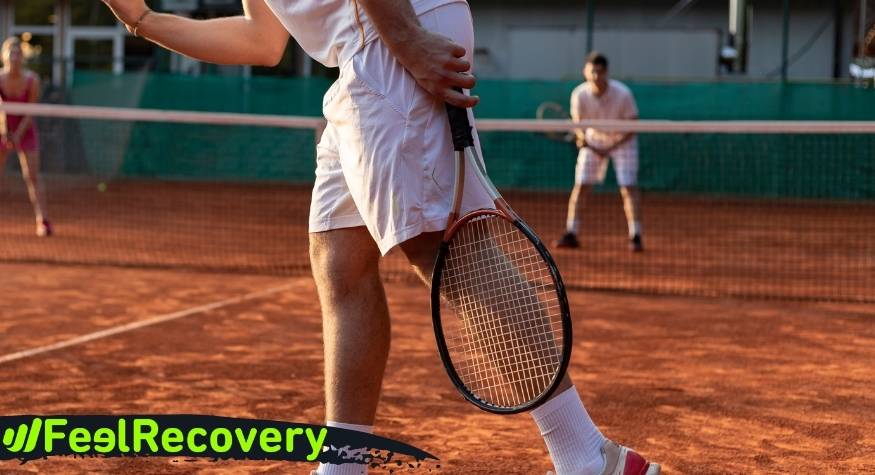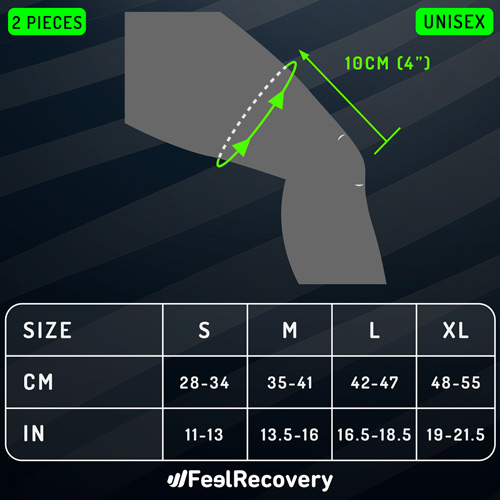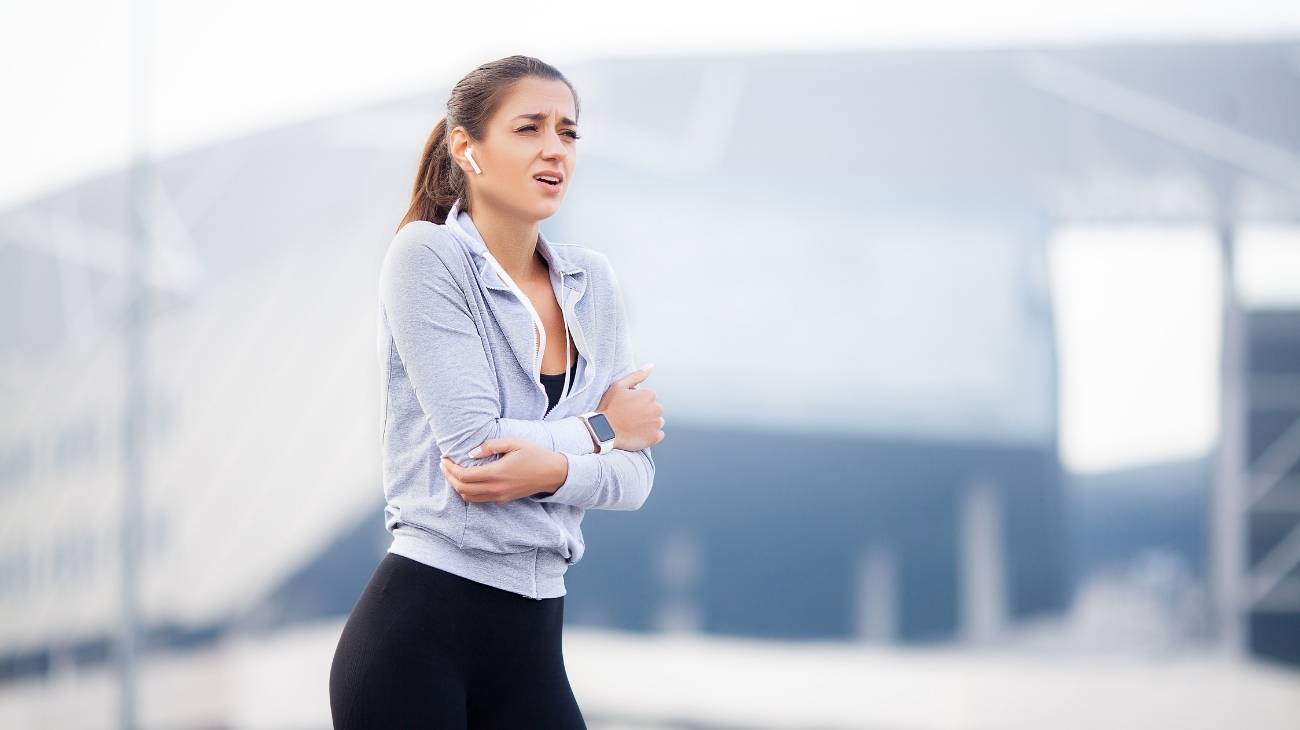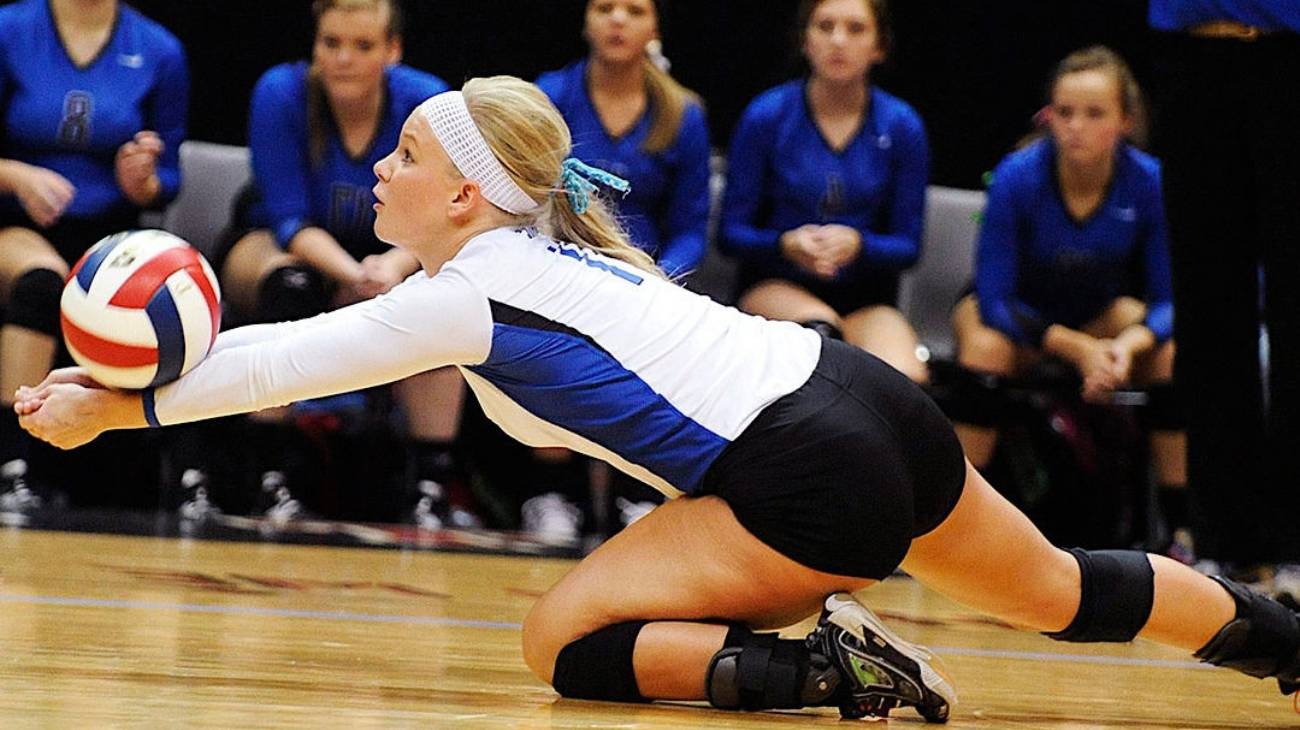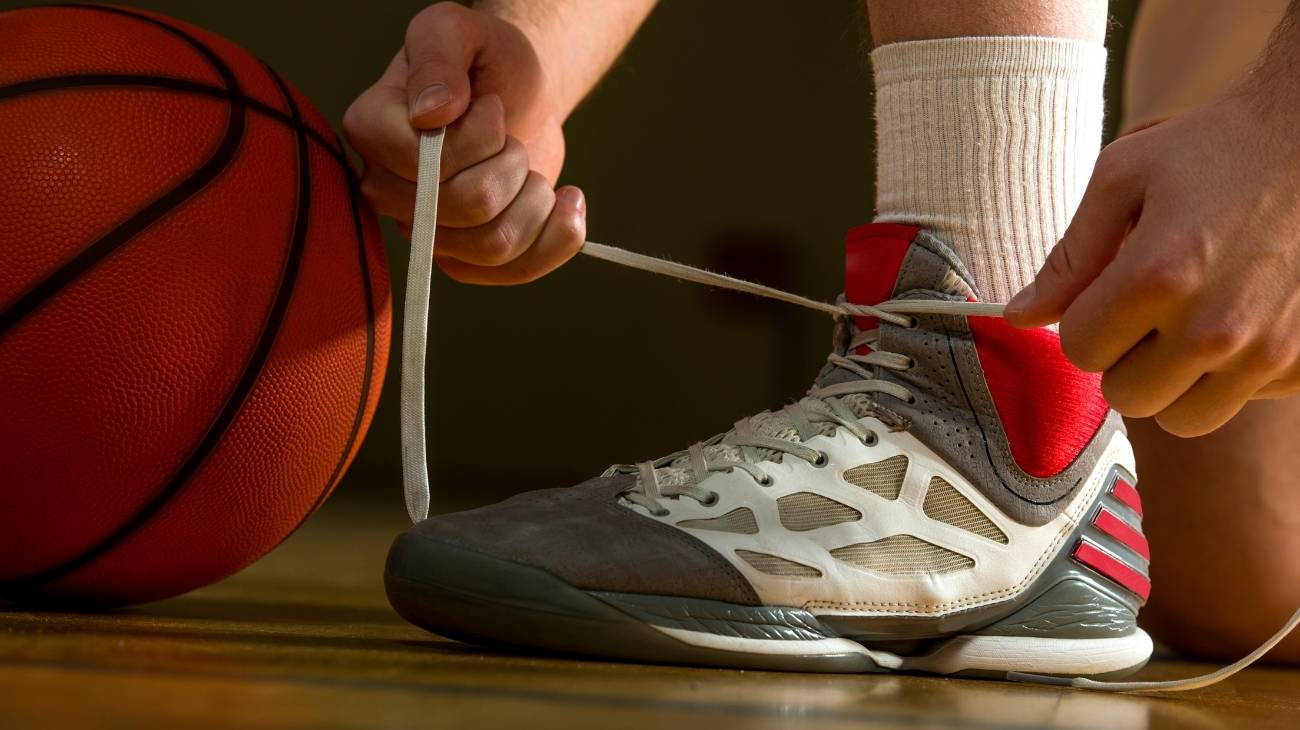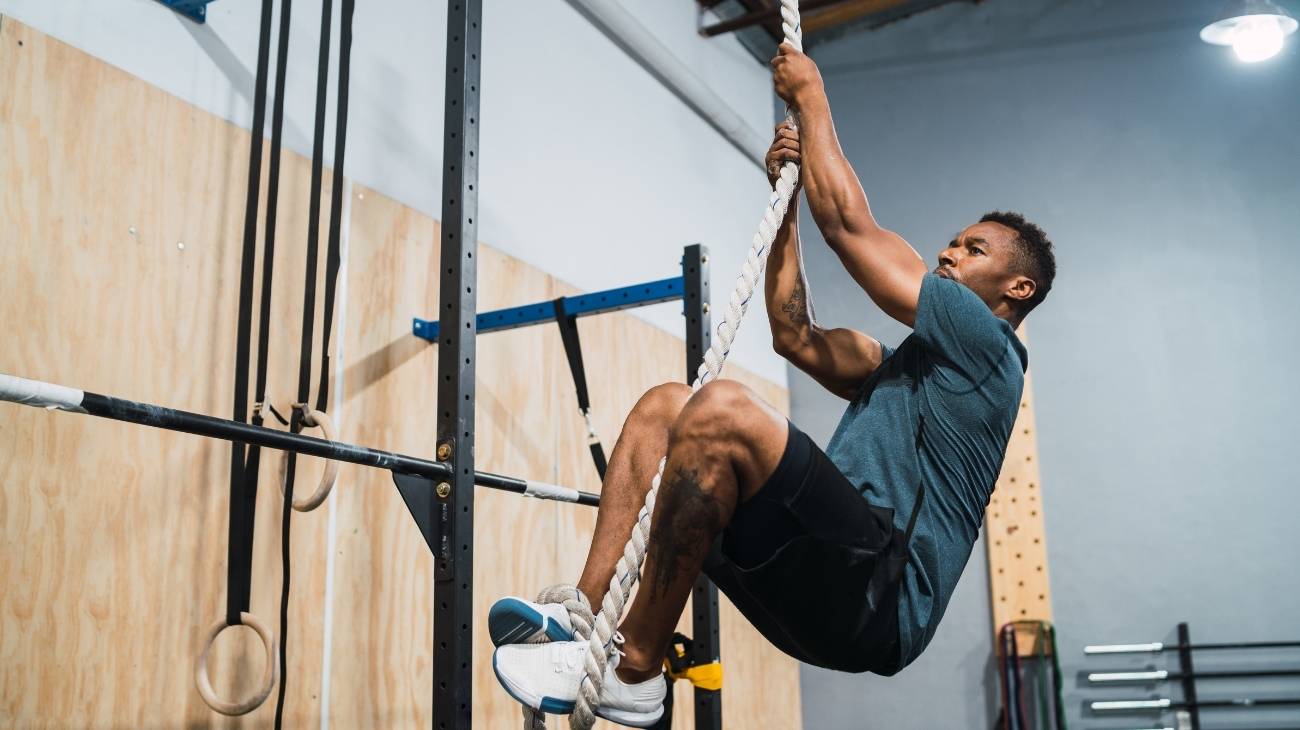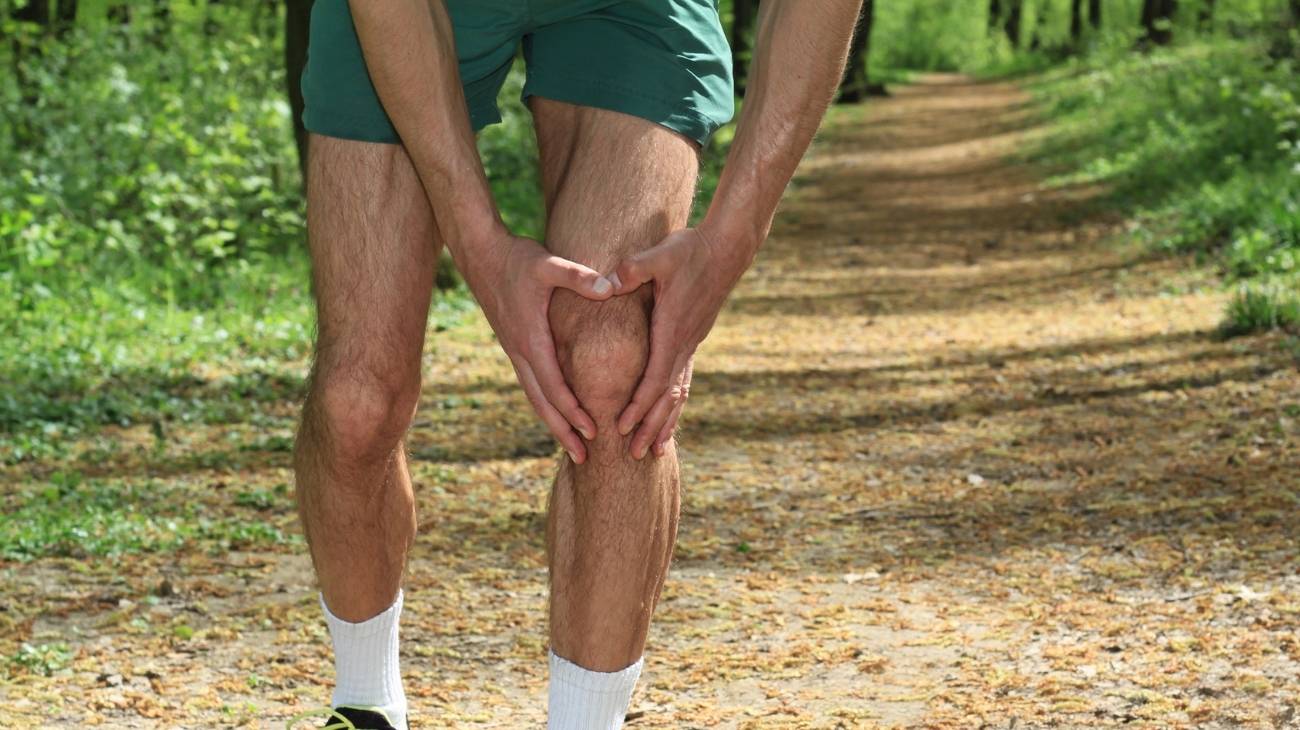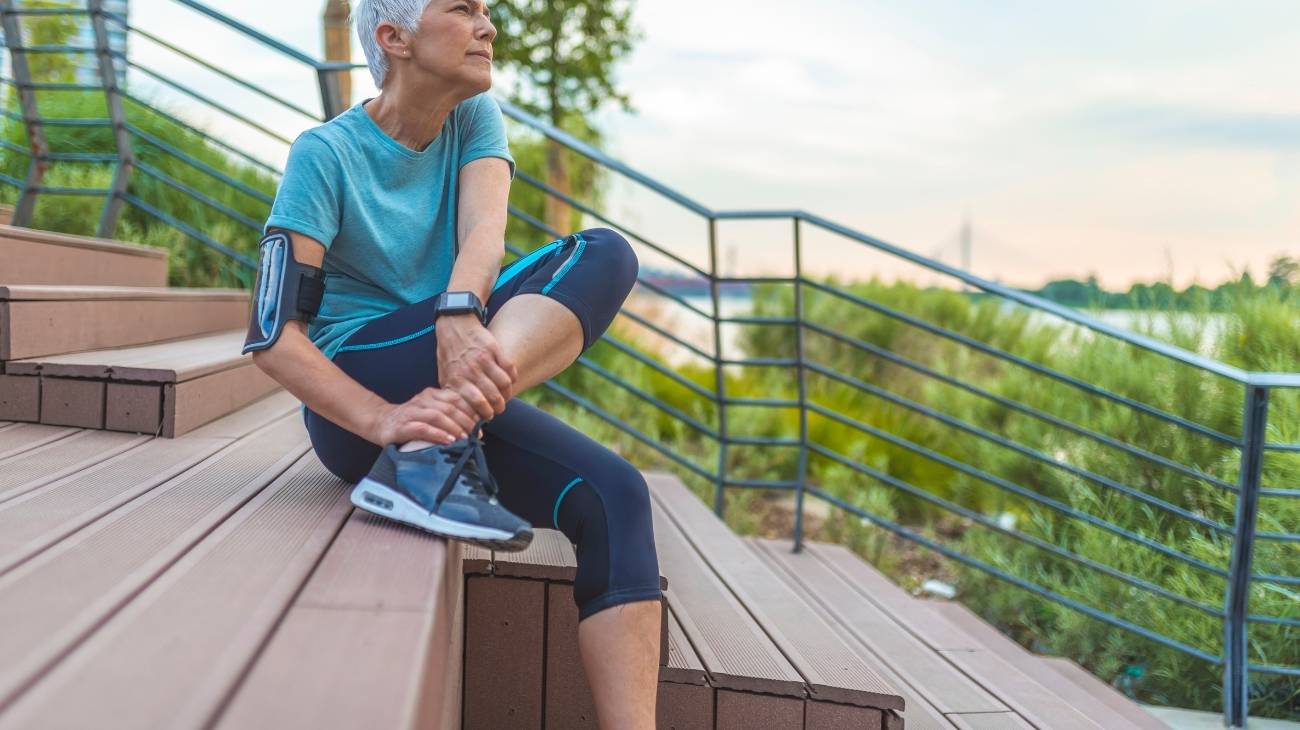Racket sports have been booming lately, because they represent fun alternatives to exercise but at the same time train the whole body. If you play any of them frequently, whether it's tennis, table tennis, badminton or paddle tennis, you're likely to be exposed to knee injuries due to the constant high tension and sudden movements that are common in practice.
To avoid this type of accident, the best alternative is to use knee braces. In this article we will guide you on how to choose them and their importance in preventing and improving injuries caused by these sports.
What are the most common knee injuries when playing tennis or badminton?
In racquet sports, where as we have said before, sudden movements are made or which require high flexibility and resistance, for example: jumps, flexions and side throws, knee injuries are very common and can be caused by over-training or simply the muscular tension to which we are exposed.
Below, we show you the most frequent injuries to the knees and joints during the practice of these sports:
Patellar tendonitis
This injury originates in the patellar tendon, a tissue that serves to join the kneecap and the tibia, two bones that serve the functions of aiding movement and connecting the knee to the ankle. This type of trauma usually occurs when we perform repetitive movements such as jumping or running, which are very common in racquet sports.
It puts a lot of pressure on the tendon and results in an inflammation that is painful for the athlete and makes it difficult to carry out daily activities such as getting up, running, climbing stairs and playing sports. In sports such as tennis it is common to see athletes suffering from these injuries which, although not very serious, require some recovery in order to maintain the necessary physical performance.
Injury of the anterior cruciate ligament
The anterior cruciate ligament is one of the most important bands of tissue in the knee, as it connects the femur, a bone located in the thigh, to the tibia, the bone that joins the knee to the ankle, which helps to stabilise the joint.
This injury can occur when making sudden movements such as: sudden changes in speed, receiving a blow to the knee, stopping abruptly, bad position when jumping, etc. When an athlete suffers this type of injury, he feels a crunch in the knee, suffers from swelling, difficulty in supporting or moving the leg and has little stability when lifting weight. As far as treatment is concerned, it can range from bandages, stretching and physiotherapy to surgery.
Injury of the internal lateral ligament
This ligament, like the previous one, is one of the most important ligaments of the knee which connects the femur to the tibia, provides stability, mobility and prevents "knee valgus", a condition which causes both joints to be together and the ankles to be separated.
If you receive an impact to the knee or change position abruptly, which is quite normal in these sports, you are likely to suffer from this type of injury and present symptoms such as: pain, tenderness and swelling and difficulty in moving, which will make it impossible for you to practice the sport for a while. When you train, for example, in badminton, it is common for the ligaments to suffer from movements that continually require prolonged stretching.
Injury to the meniscus
The menisci are two structures located at the junction of the femur and the tibia, whose function is to provide strength and stability, facilitate movement and keep the bones together. It can occur when we bend the knee for a long time, due to an impact or blow to the knee, sudden rotations with the leg resting on a surface or due to causes beyond our control, such as the passage of time. It can cause stiffness, swelling, difficulty in walking and pain when bending the knees.
Generally this kind of trauma is seen in tennis when sudden movements are made or with poor technique and directly affects the knee joint, these flexions can be simply a 90 degree turn or excessive weight bearing on one leg only. Athletes suffering from this injury will not be able to practice these disciplines for a while and will have to undergo several treatments that may include Physiotherapy, rehabilitation, surgery and the use of compressive garments.
Chondromalacia of the patella
It is an injury caused in the cartilaginous tissue of the kneecap, a rounded bone whose function is to facilitate the movement of the knee. The cause is very variable, and can be due to excessive bending of the knees during the practice of racquet sports.
The consequences are: limitation of movement, swelling of the knee, difficulty in partial or complete flexion, going down stairs, bending over and of course, inability to play tennis or any other racket sport. Treatment may involve physiotherapy, compressive garments, rest and surgery in more complex cases of the injury.
Bestseller
What type of knee braces and patellar straps are best for tennis injuries?
Knee braces and patellar straps are currently one of the best treatments for the prevention and recovery of all types of knee injuries. The quality of these garments also guarantees protection, pain relief, deflation and much more, which you can learn about in the following section:
Knee compression sleeves
Compression sports knee braces are among the most popular when playing racquet sports, as they almost always cover the entire joint, offering the right understanding to ensure stability, support and warmth in order to avoid injury; in other words, they are used preventively but can also have a rehabilitative purpose after an athlete has suffered a major injury and needs extra support to be able to resume physical exercise with skill.
Meniscus knee brace
Meniscus knee braces are also very popular among tennis players, as meniscus tears are a dangerously common injury in this profession. Therefore, these specialized knee braces can vary according to the degree of compression, support and other materials, serving for the recovery of injuries. Although, you can also prevent them because of the stability that this garment provides to the joint, but they must be with flexible materials, since the rigid ones are for treatment in that area after some accident.
Patellar tendonitis strap
Like the meniscus knee braces, this one is also specialized, but they are in the form of tapes that generally have good compression preventing the tendons from suffering, contracting or stretching too much by changing their shape.
These are highly recommended during encounters that demand high performance and where the athlete is exposed to over-training that can compromise the tendons and injure them. You can also relieve pain and inflammation with their use.
Knee support
There are a wide variety of knee braces, however, the most suitable for treating knee injuries are stabilizing knee braces, which provide support, stability and compression to the knee. These generally have the support guaranteed by extra materials such as pins, to ensure that the tennis player or practitioner of any racket sport is able to make versatile movements without having to lose balance or strength in that activity.
What features should you consider before choosing the best sports knee brace for racket sports?
Sports knee braces are extremely important when playing racket sports, but this should not mean that you should rush and buy the first one you see, as there are certain characteristics that affect the good and proper functionality of the garment, which you should take into account when buying it.
In order to make the best choice, here we will explain the most important points you should know before buying:
According to its function
- Pain relief knee brace: Sports knee braces are designed to relieve pain caused by constant muscle work or everyday injuries resulting from exercise and repetitive movements. The compression type with incorporated gel for example, are made to massage the soft parts and the muscle in general with the movement and thus prevent the inflammation that is caused by the friction that ends up wearing out the cartilages and inflaming the pockets of the knees that retain liquid.
- Protective knee brace: They provide greater safety. They are completely made to offer protection at all times, from the first moment you use them, avoiding situations that subject the knees to great stress causing strong joint or muscle pain. Naturally, they offer a certain therapeutic and preventive treatment.
- Knee supports: This type of knee support offers the sportsman greater pressure and is capable of distributing weight better, thus guaranteeing balance and adequate distribution of weight during exercise, especially in those sudden movements which are frequent during the practice of tennis, such as bending and jumping. During racquet sports, this type of knee braces can ensure a lot of support due to their high standard of protection design avoiding serious injuries.
- Open knee brace: They are well known for their flexibility and respect for mobility, that is, they allow the knee joint to move freely without having to make an excessive effort that compromises, for example, the tendons, and thus avoid any type of injury in the area. Its shape is open at the front for patellar containment and better transpiration.
- Closed knee brace: These protect the whole knee area, providing greater protection thanks to the level of compression that they can have, depending on the model. They are usually used with gel filling, to ensure the protection of the softest parts and provide much more comfort when performing highly flexible movements common in racket sports.
Manufacturing material
Whether you're prone to skin irritations and allergies or you simply put comfort first, the material of manufacture is definitely a point you can't ignore when choosing your knee brace.
The most common materials are neoprene, which offers a lot of resistance and compression guaranteeing stability, support and performance. Elastic fabric or spandex is also often used, which together with neoprene, provides good support but with greater flexibility.
In general, both materials are combined to unite their properties and create fully functional, high quality, adaptable knee braces that are not only able to support, but also allow good mobility to the athlete, a very favorable combination for tennis where comfortable movement is of utmost importance.
Type of support
Confirming that the garment always stays firmly on the knee is one of the important aspects for the proper functioning of the knee. Although the objective is to remain firm in the joint, it may be that with the sudden movements made in the practice of tennis, it generates a rotation of the same, which is not favourable for good performance.
To avoid these accidents, some types of support will be explained:
- Knee brace with Velcro: This is the most commonly used closure system for knee braces in general. Its use is highly recommended in racket sports due to the good support it provides. You can also modify its compression depending on the person's taste.
- Knee brace with straps: These are customised adjustable straps, i.e. you can modify them according to the shape of the person's joint, so they are safe at the time of any training, and they also provide better protection for the kneecap.
- Non-slip silicone knee brace: Generates a stable compression during the performance of any sport or physical activity and does not allow the knee brace to be rolled or moved from its place.
Size
The size of the knee brace is a fundamental factor for the effectiveness of its purpose, as it is not worth buying a garment that is indicated in terms of function and material, but whether the size is large or very small, the only thing you will achieve with this is to cut off the blood circulation if the knee brace is smaller, or to reduce the level of protection in the case of wearing a size larger than yours.
| SIZE | S | M | L | XL |
|---|---|---|---|---|
| CM | 28-34 | 35-41 | 42-47 | 48-55 |
| IN | 11-13 | 13.5-16 | 16.5-18.5 | 19-21.5 |
| WHERE TO MEASURE? | ||||
| Measure the circumference of the thigh, 4 inch/10 cm up from the center of the kneecap (*View image) *Note: If after measuring you are between two sizes, choose the larger size |
||||
Design
The design of the knee brace will depend on the needs of the consumer, there are thousands on the market that aim to meet different requirements. In the case of racket sports, you can find a great aesthetic design in the compression sports that offer a good grip, with different models, you can appreciate some simple but with very specific functions.
It is important that when you choose one of the garments, you take into account all the aspects that we have mentioned above, especially if you have a specific type of injury that you need to attend to. It is always important that you have a clear idea of the level of physical training you have, so you should choose one that is capable of adapting to that rhythm. Also use one that you are comfortable with, and that you can incorporate into your frequent training routines.
Price
Starting a sports career is not easy, much less maintaining it. That is why you need the right protection and care for your knee, as it is one of the main joints for the development of racket disciplines.
In this order of ideas we must emphasize the importance of buying a compression knee brace that stands out for its materials, durability, pressure in the area and more, as are the compression sports knee braces, which are the most recommended in the modern market today that, beyond their cost, they ensure a fully functional garment with rapid results in the joint.
Do compression knee pads really work for tennis?
Racquet sports do not have physical contact as in other disciplines but, the abnormal stretching, jumps, flexions and other sudden movements that are made during these practices, are completely detrimental to the proper functioning of the knee and, let's remember that, an injury to that joint could require the suspension of training and, depending on the severity, the end of the professional career.
This is where the compression knee brace comes in, which is considered the favourite of many sportsmen and women to prevent and improve considerably the injuries caused in this practice, although they also perform other functions such as: improving blood circulation, preventing diseases such as lymphoedema, fast recovery, increased performance, pain relief, reduction of inflammation, and much more. All these benefits with simply wearing the garment properly and continuously.
The data provided throughout the article, have been corroborated by therapeutic and sports studies therefore, can confirm the proper functioning of the knee compression sleeves for the practice of tennis and any racket discipline with which you will have a safer future.













